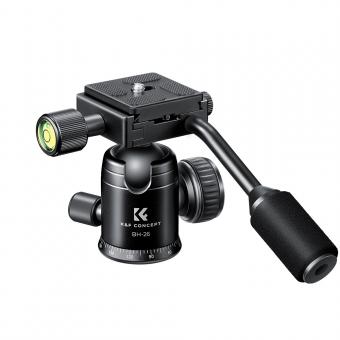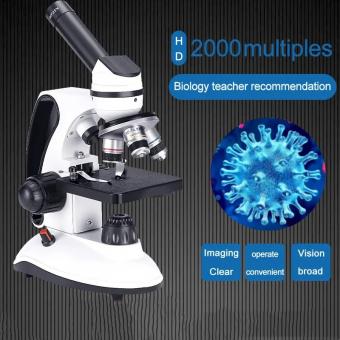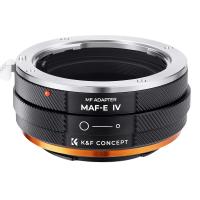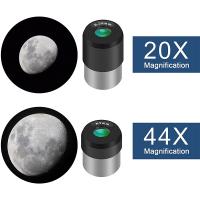How Strong Of A Microscope To See Bacteria ?
To see bacteria, a microscope with a minimum magnification of 400x is typically required. However, to observe bacteria in more detail, a microscope with a higher magnification, such as 1000x or higher, is recommended.
1、 Light Microscopy: Limited resolution, requires staining for bacteria visualization.
Light microscopy is a widely used technique for visualizing bacteria. However, the resolution of light microscopy is limited due to the diffraction of light. The maximum resolution achievable with a light microscope is around 200-300 nanometers, which is not sufficient to visualize individual bacteria. Bacteria are typically in the range of 0.2 to 10 micrometers in size, making them much smaller than the resolution limit of light microscopy.
To overcome this limitation, staining techniques are employed to enhance the contrast and visibility of bacteria. Staining involves the use of dyes that selectively bind to bacterial structures, making them more visible under the microscope. Commonly used stains include crystal violet, methylene blue, and Gram stain, which help differentiate between different types of bacteria based on their cell wall composition.
However, it is important to note that recent advancements in microscopy techniques have allowed for improved visualization of bacteria. Super-resolution microscopy techniques, such as stimulated emission depletion (STED) microscopy and structured illumination microscopy (SIM), have pushed the resolution limit beyond the diffraction barrier. These techniques can achieve resolutions of up to 20-30 nanometers, enabling the visualization of individual bacterial structures.
Additionally, electron microscopy techniques, such as transmission electron microscopy (TEM) and scanning electron microscopy (SEM), provide even higher resolution imaging of bacteria. These techniques use a beam of electrons instead of light, allowing for resolutions in the range of a few nanometers. However, electron microscopy requires specialized equipment and sample preparation techniques, making it less accessible compared to light microscopy.
In conclusion, light microscopy has limited resolution for visualizing bacteria, but staining techniques can enhance their visibility. However, recent advancements in super-resolution microscopy and electron microscopy have significantly improved our ability to visualize bacteria at higher resolutions.
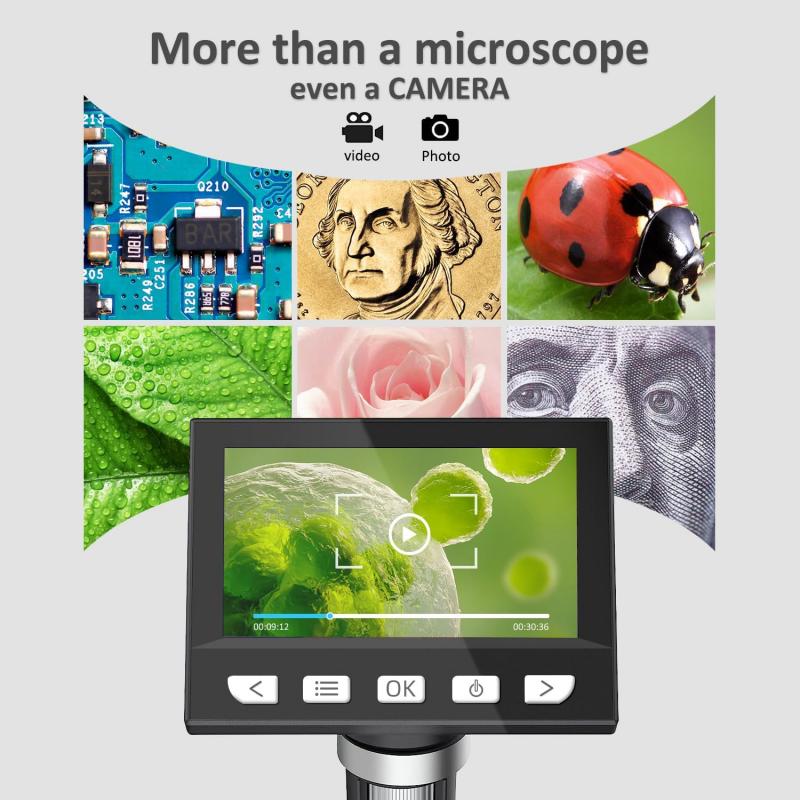
2、 Electron Microscopy: Higher resolution, capable of visualizing individual bacteria.
Electron Microscopy: Higher resolution, capable of visualizing individual bacteria.
Electron microscopy is a powerful tool used to visualize bacteria and other microorganisms at an incredibly high resolution. It surpasses the capabilities of light microscopy, which is limited by the wavelength of visible light. Electron microscopy uses a beam of electrons instead of light, allowing for much higher magnification and resolution.
To see bacteria using electron microscopy, a transmission electron microscope (TEM) is typically used. This type of microscope works by passing a beam of electrons through a thin section of the sample, which interacts with the bacteria and produces an image. The resolution of TEM can reach down to a few nanometers, allowing for the visualization of individual bacteria and even their internal structures.
In recent years, advancements in electron microscopy techniques have further improved the resolution and capabilities of this technology. For example, cryo-electron microscopy (cryo-EM) has emerged as a powerful technique for studying biological samples, including bacteria. Cryo-EM involves freezing the sample in a thin layer of ice, which preserves its natural state and allows for high-resolution imaging. This technique has revolutionized the field of structural biology, enabling the visualization of complex bacterial structures and molecular interactions.
Furthermore, advancements in electron microscopy hardware and software have made it easier to acquire and analyze high-resolution images. Automated data collection and image processing algorithms have significantly increased the efficiency and accuracy of electron microscopy experiments.
In conclusion, electron microscopy, particularly transmission electron microscopy and cryo-electron microscopy, is the most suitable technique for visualizing bacteria at the highest resolution. With ongoing advancements in this field, electron microscopy continues to provide valuable insights into the structure and function of bacteria, contributing to our understanding of microbial biology and the development of new treatments and therapies.
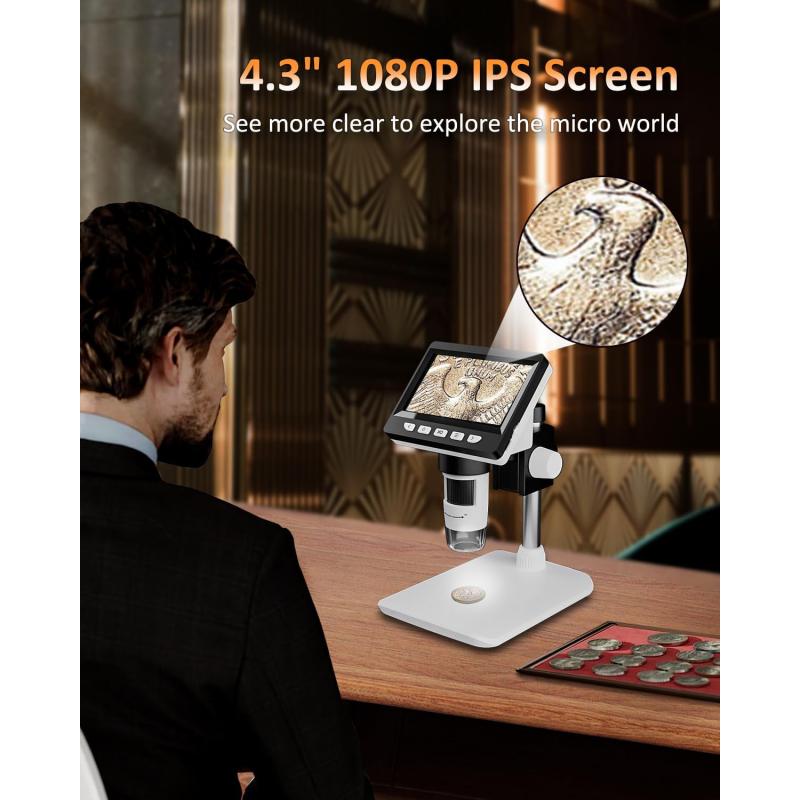
3、 Transmission Electron Microscopy: Provides detailed internal structure of bacteria.
Transmission Electron Microscopy (TEM) is a powerful tool used to visualize the internal structure of bacteria. It is capable of providing detailed information about the ultrastructure of bacterial cells, allowing scientists to study their morphology, organelles, and other internal components.
To answer the question of how strong of a microscope is needed to see bacteria, TEM is the ideal choice. This technique uses a beam of electrons instead of light to visualize the specimen, providing much higher resolution and magnification than traditional light microscopes. With TEM, bacteria can be observed at the nanometer scale, allowing for the visualization of individual cellular components.
The resolution of a microscope determines its ability to distinguish between two closely spaced objects. TEM has a resolution of around 0.2 nanometers, which is sufficient to visualize the intricate details of bacterial cells. This level of resolution enables scientists to study the internal structures of bacteria, such as the cell wall, cytoplasm, nucleoid, ribosomes, and other organelles.
It is important to note that the strength of a microscope is not solely determined by its resolution. Other factors, such as the quality of the electron beam, the stability of the microscope, and the expertise of the operator, also play a crucial role in obtaining high-quality images.
In recent years, advancements in TEM technology have further improved the visualization of bacteria. For example, cryo-electron microscopy (cryo-EM) techniques have allowed scientists to study bacteria in their native, hydrated state, providing more accurate and realistic representations of cellular structures. Additionally, the development of automated image acquisition and analysis software has facilitated the study of large datasets, enabling researchers to gain a deeper understanding of bacterial biology.
In conclusion, TEM is the most suitable microscope for visualizing bacteria at the ultrastructural level. With its high resolution and ability to reveal internal structures, TEM has been instrumental in advancing our knowledge of bacterial biology. Ongoing advancements in TEM technology continue to enhance our understanding of bacteria and their complex cellular machinery.

4、 Scanning Electron Microscopy: Produces 3D images of bacteria surface.
Scanning Electron Microscopy (SEM) is a powerful technique used to visualize the surface of bacteria and obtain detailed 3D images. It provides a high-resolution view of the bacteria, allowing scientists to study their morphology, structure, and interactions with their environment.
To understand how strong of a microscope is needed to see bacteria, it is important to consider the size of bacteria and the resolution capabilities of different microscopes. Bacteria are typically in the range of 0.2 to 10 micrometers in size, with some exceptions on either end of the spectrum. To visualize such small objects, a microscope with high magnification and resolution is required.
Traditional light microscopes, which use visible light to illuminate the sample, have limitations in resolving bacteria due to the diffraction limit of light. They can typically resolve objects down to around 200 nanometers, which is not sufficient to visualize individual bacteria. However, advancements in microscopy techniques have led to the development of more powerful instruments.
Electron microscopes, such as the Transmission Electron Microscope (TEM) and the Scanning Electron Microscope (SEM), have revolutionized our ability to observe bacteria. These microscopes use a beam of electrons instead of light to image the sample, allowing for much higher resolution. TEM can visualize bacteria at the nanometer scale, providing detailed internal structure information. On the other hand, SEM is particularly useful for studying the surface of bacteria and obtaining 3D images.
SEM works by scanning a focused beam of electrons across the sample surface and detecting the secondary electrons emitted from the sample. This information is then used to construct a detailed image of the bacteria's surface. SEM can achieve resolutions down to a few nanometers, making it an ideal tool for visualizing bacteria.
In recent years, there have been further advancements in SEM technology, such as the introduction of field emission electron sources and improved detectors. These advancements have pushed the resolution limits even further, allowing for more detailed imaging of bacteria and other microorganisms.
In conclusion, to visualize bacteria, a microscope with high magnification and resolution is required. Scanning Electron Microscopy is a powerful technique that can produce 3D images of bacteria surfaces with resolutions down to a few nanometers. With ongoing advancements in microscopy technology, our ability to study bacteria and other microorganisms at the nanoscale continues to improve.





